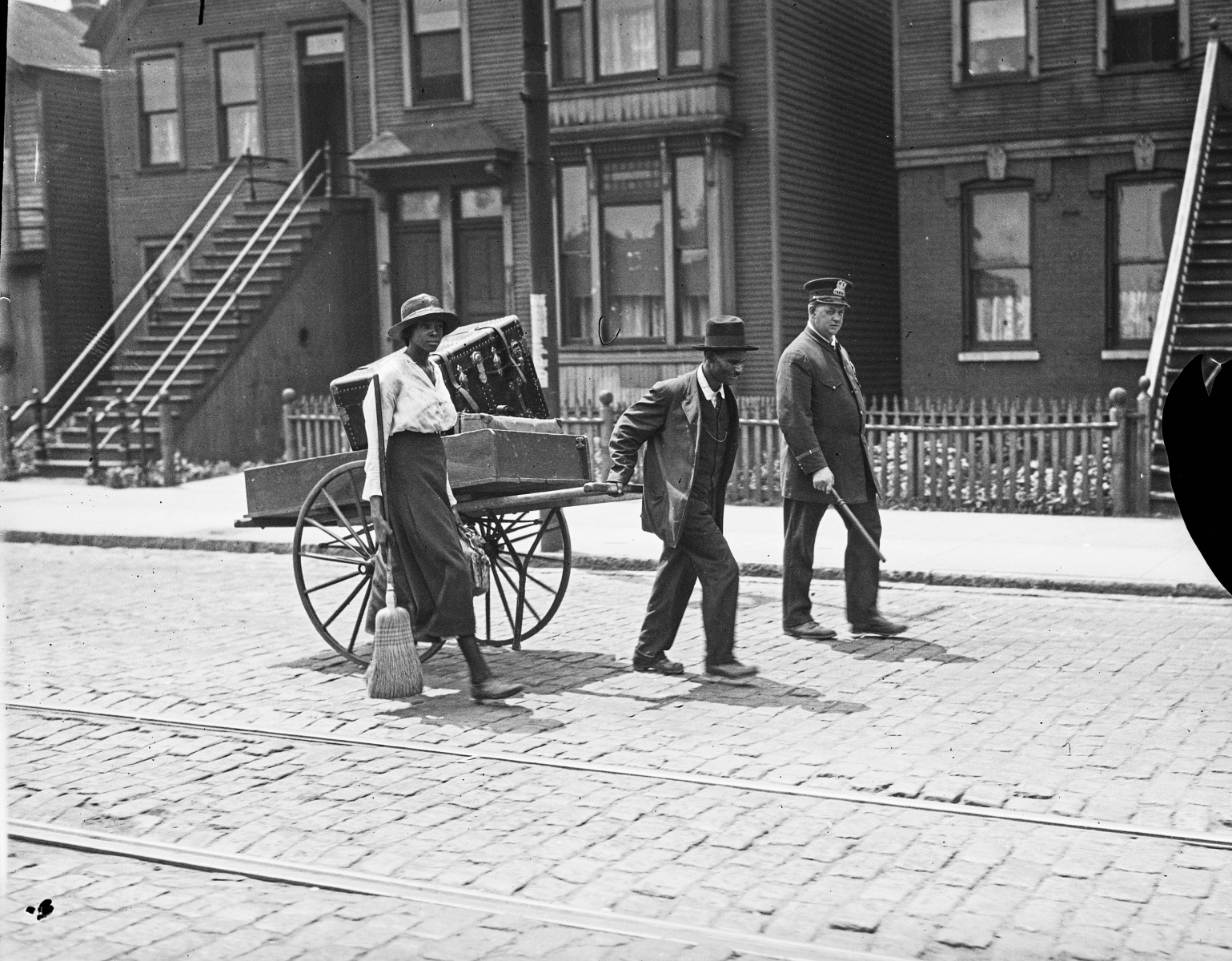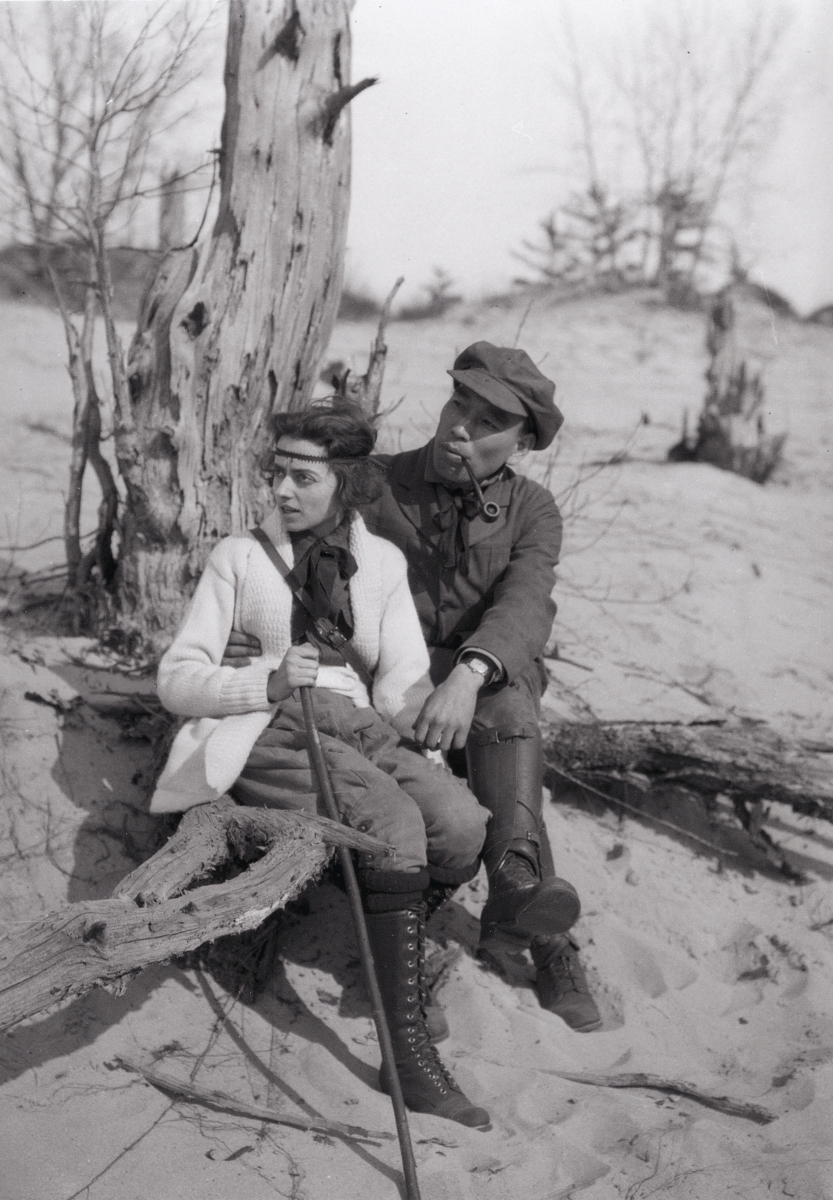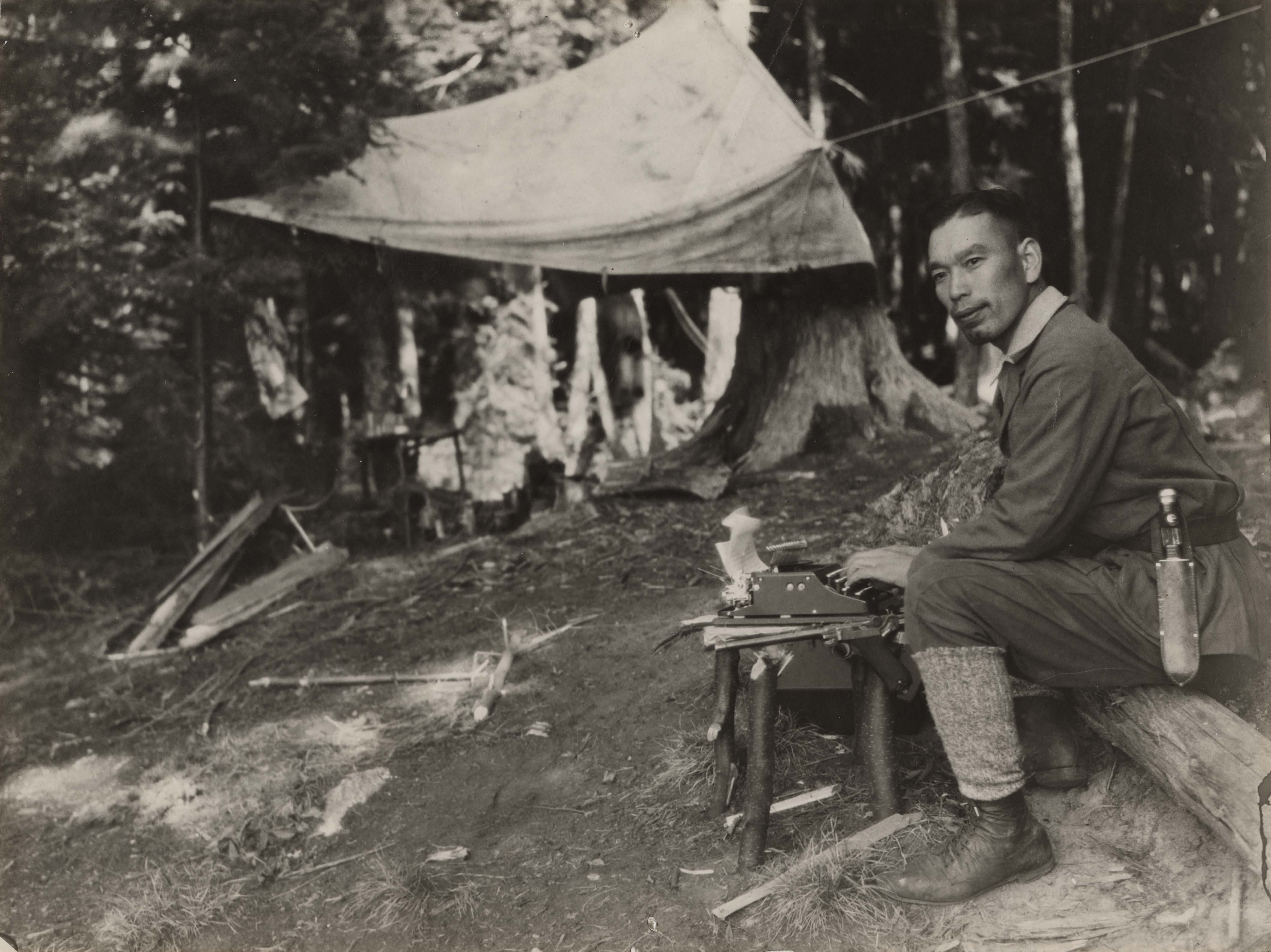More than 50 years after his death, the little-known photographer of Chicago’s most historic moments is finally getting his due.
From January 24 to March 31, the Poetry Foundation and Newberry Library will celebrate the life of photographer and poet Jun Fujita with a new exhibit entitled Jun Fujita: American Visionary. Believed to be the first Japanese-American photojournalist, Fujita photographed the 1919 race riots, the St. Valentine’s Day massacre, the Eastland Disaster, workers’ strikes, and other pivotal events. His harrowing images have shaped and preserved our understanding of what it means to live in Chicago, warts and all.
It’s not the first time the Poetry Foundation has paid tribute to Fujita. In 2017, library director Katherine Litwin and art director Fred Sasaki cocurated a Poetry Foundation exhibit called Jun Fujita: Oblivion (named after one of his poems written in the Japanese tanka style). This year’s exhibit expands on that show, adding material that contextualizes his life within the Chicago literary scene and new photos from his stint documenting new infrastructure for the New Deal–era Public Works Administration.
“We’re looking at Jun Fujita as a seer,” Sasaki says. “[It’s] his vision of America, which he captured in his photojournalism — an America mired in tragedy and inequity, and obsessed with celebrity — and also the vision that Jun Fujita presented of what ‘American’ can mean. And that can mean being born in Japan.”
This exhibit comes on the heels of another new development: Fujita’s great-nephew, writer and graphic artist Graham Lee, 54, just inked a book deal for the first biography of the photojournalist’s illustrious life. Containing a decade of archival research (some of which can be found on Lee’s Facebook and Instagram pages), Jun Fujita: Behind the Camera will publish in fall 2021 through Indiana University Press, with an accompanying exhibit at the Brauer Museum of Art in Valparaiso, Indiana.
Lee was born in 1965, two years after his great-uncle’s death, but Fujita was still very much alive in his family. His books, photography, and even his furniture were spread out around the house, and stories from his wild life were regular dinner-table fodder. It wasn’t until he started inheriting Fujita’s items from his grandfather, who was Fujita’s brother-in-law and best friend, that Lee took a deeper interest in the family lore.
“It was like living with a celebrity as a relative. He was this kind of mystical, magic figure,” Lee said.
Junnosuke “Jun” Fujita’s story starts in 1888 in Nishimura, a village near Hiroshima, Japan. In early adulthood, he traveled to Canada on a photo assignment from a relative who owned a newspaper, and he never came back, preferring the adventure and challenge of a new home. Three years later, at 20 years old, he made his way to Chicago, where he attended Wendell Phillips Academy, a majority-black Bronzeville high school later attended by Gwendolyn Brooks and Nat King Cole. Sasaki says that, according to Fujita’s family in Japan, he only knew a hundred English words when he arrived in Chicago.
After graduating high school, Fujita attended night classes to become an electrical engineer. On the side, he took photography gigs and acted in silent films produced by Essanay Studios, whose roster included Charlie Chaplin and Ben Turpin. It was during this time, at a poetry reading, that Fujita met his eventual wife — and Lee’s great-aunt — journalist Florence Carr.
Because Fujita learned English as a second language, Lee speculates that the “camera was an easier medium to communicate with.” Fujita’s talent became known, so much so that in 1914 he abandoned engineering for a job at the Chicago Evening Post (later absorbed by the now-defunct Chicago Daily News), becoming the paper’s only photojournalist.
He received his first major assignment a year into the job, when the SS Eastland capsized in the Chicago River mere feet from shore. 844 people died; to this day, it remains the worst maritime disaster in the Great Lakes region. Fujita’s unflinching coverage of that day — including a photo of a horrified fireman cradling a dead child, which ran on the front page of the Post — shocked the nation.

Photo: Jun Fujita, Courtesy of the Graham and Pamela Lee collection
Not all of Fujita’s work depicted tragedies, though. He was also a prolific portrait photographer to the rich, famous, and infamous. According to a 1930 story in The American Press, “nearly every celebrity, American or foreign, who has been in Chicago during the past 15 years, has posed [for] Fujita. Al Capone and other notorious gangsters know Fujita, as well as the movie stars who are always passing through Chicago en route to Hollywood or New York.”
Though racism and anti-immigrant sentiment was rampant in the first half of the 1900s, Fujita and Carr were shielded from the bulk of it. Charismatic and fun-loving, they were well-respected among the artistic tastemakers of the time and frequented places like the Dill Pickle Club, a freewheeling cultural hub that attracted writers like Carl Sandburg and Ben Hecht.
Asked to describe his impressions of Fujita, Lee says, “He’d be one of those people at the table always listening to the conversations, waiting, watching them. Someone would say, ‘Jun, you’ve been quiet. What’s your feeling on this?’ Then, he would kind of make a gesture [and] a comment, and everybody would be like, ‘Ah yes, that’s what Jun has to say about it.’”
However, influence could only go far. After the attack on Pearl Harbor, Fujita’s assets were frozen and his commercial photography business had to be shuttered. Though he’d been in the United States for more than 30 years, he was classified as an enemy alien and was only able to escape internment by getting a colleague to vouch for his work with the Public Works Administration.
Documents suggest his ambivalence at having to defend himself at the expense of his people. “In a text that he wrote in which he is declaring his allegiance to the U.S, he has written that he’s had no Japanese friends and hasn’t associated with Japanese people, but then this is crossed out. But this is actually repeated on his behalf by the person who is advocating for him,” Litwin says.
As one of the few Japanese-Americans in the Midwest — the 1940 census counts less than 5 percent as living outside Hawaii and the West Coast — Fujita walked a lonely path relative to other Americans who did not have to fear sudden and unlawful incarceration. Additionally, anti-miscegenation laws forbade him from marrying Carr, a white woman. While they eventually did marry, in 1940, they opted not to have children for fear of the trauma that a mixed-race child would endure in the United States.

Photo: Courtesy of the Graham and Pamela Lee collection
However, as his adoptive country struggled to reconcile his life with his identity, Fujita was able to find refuge in words. His poetry transcended genre, adapting the traditional Japanese tanka style (lyric poems of 31 syllables) for the English language — as Litwin puts it, effectively “[inhabiting] two cultures at once” — without necessarily adhering to strict line or syllable counts. Thematically, his work often mused upon nature’s beauty and the limits of time.
“A lot of his poems, even when they are set in a cityscape, will have that quality of looking not necessarily at people, but at the horizon,” Litwin says.
Though Fujita’s legacy as a poet has become somewhat lost to time, contemporary publications recognized his artistry. He was regularly published in Poetry and other literary magazines alongside heavyweights like Ezra Pound and James Joyce.
Later in life, Fujita drifted toward visual arts, experimenting with early color photography by capturing images of wildflowers and scenes from the Indiana Dunes, where he and Carr kept a cabin. Lee says his mother remembered that hiking with Fujita, an active outdoorsman, was “almost like you had your own field naturalist taking you along.” Seeking out Fujita’s story has also made the connection between Lee and his late great-uncle all the more real — a walk together through history.
“I was meant to write this book, and in some ways, he’s been a guiding hand as I’ve gone through it,” Lee says. “I think it has a lot of access points for people — whether you’re interested in the immigration story, the news, the crime photos, the poetry, the wildflowers.”
“Once you get into it, when you see the full breadth of things he covered in his life, people will find a pretty fascinating guy.”



